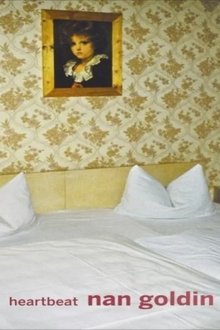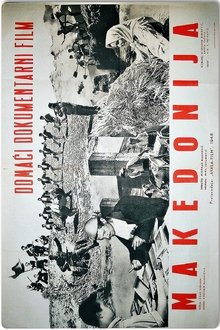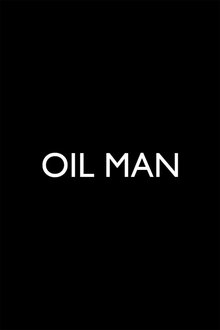Manel has been kissed by all the old women in the village. From the passion of Christ to the olive trees in the Catalan countryside, a landscape of resistance that evokes a sour humour, and at the same time a silence from times gone by.
Related Movies

Herds West (1955)
Short film on the cattle industry and movement of cattle along the production line.
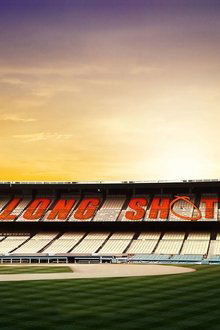
Long Shot (2017)
When Juan Catalan is arrested for a murder he insists he didn't commit, he builds his case for innocence around unexpected raw footage.
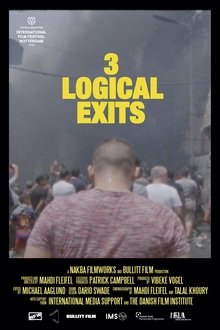
3 Logical Exits (2020)
A sociological meditation on the different "exits" that young Palestinians choose, in order to cope with life in the refugee camps.
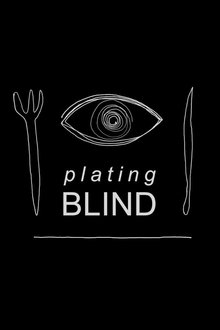
Plating Blind (2020)
Nathan Quinell is a fully trained chef… he also happens to be legally deaf and blind. That’s never stopped him from chasing his dreams to become a full-time cook, but now Nathan must prove himself to his peers, his students and potential employers.

It's Your Health (1949)
Tommy Davis asks dentist Dr. Hendricks about his older brother Jim, a star halfback who failed his Annapolis dental examination. The doctor offers good advice, the kind one should share with his friends. Tommy invites his whole gang to hear Dr. Hendricks explain the importance of dental health and how dental disease can be controlled. Dr. Hendricks tells a fascinating story. He talks about mouth hygiene, dental care and the role foods play in protecting dental health. Tommy and his friends learn the facts, and the care of their teeth and health takes on a new, highly important light. As for Jim, he profits, too. The story ends on the note that dental health is essential in health generally, appearance and personality.
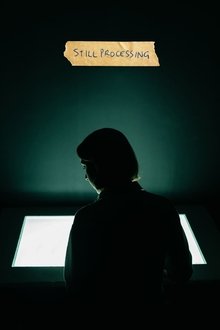
Still Processing (2021)
A box of stunning family photos awakens grief and lost memories as they are viewed for the first time on camera.

Viva Stalin (1994)
A village meeting in communist Russia to pay homage to Stalin leads to a gossip marathon, which develops into an endurance test for the participants.
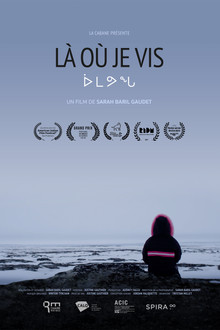
Living Here (2017)
Living Here is a story made of solitude and wind, told with the poetry of Nunavik's stark tundra and the beauty of young Martha's words.
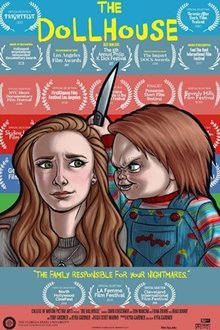
The Dollhouse (2017)
Kyra Gardner's loving tribute to growing up in the world of the psycho killer doll, Chucky.
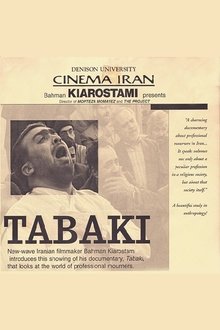
Tabaki (2002)
Bahman Kiarostami's charming documentary about mourners-for-hire who are called upon to attend funerals in Iran. With an understated, lighthearted style, Tabaki provides a fascinating view of a peculiar occupation within this religious culture, offering, in the process, an insightful portrait of the society as a whole.

The Portrait (2012)
It’s the opportunity of a lifetime for artist Phil Richards, who’s been commissioned to create Canada’s official portrait of Her Majesty Queen Elizabeth II for her Diamond Jubilee. Academy Award®-nominated filmmaker Hubert Davis follows Richards over months of painstaking preparations, as he works to capture Her Majesty’s likeness and spirit on canvas.
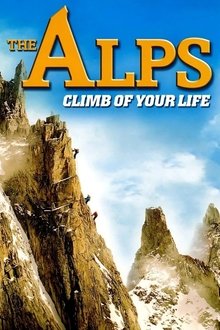
The Alps - Climb of Your Life (2007)
In 1966, John Harlin II died while attempting Europe's most difficult climb, the North Face of the Eiger in Switzerland. 40 years later, his son John Harlin III, an expert mountaineer and the editor of the American Alpine Journal, returns to attempt the same climb.
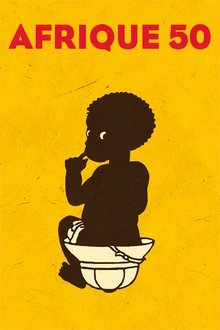
Afrique 50 (1950)
The first French anti-colonialist film, derived from an assignment in which the director was to document educational activities by the French League of Schooling in West Africa. Vautier later filmed what he actually saw: “a lack of teachers and doctors, the crimes committed by the French Army in the name of France, the instrumentalization of the colonized peoples.” For his role in the film, Vautier was imprisoned for several months. The film was banned from public screening for more than 40 years.
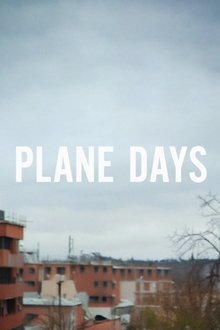
Plane Days (2008)
Old friends. Young friends. Lovers and loners. They all wait, hoping to see something they have never seen before. A Virgin? Thai? Singapore? Hopefully another one for the book. A flask of tea or bottle of wine to keep warm, and every day around the perimeter fence at Heathrow is a plane day.
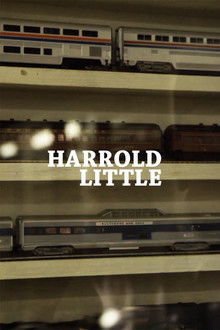
Harrold Litle (2012)
Harrold Little believes you are not limited by age, only by your ability to imagine. Harrold's Train Museum in Tyler Texas is the home of all the trains and dreams that he began collecting at the age of seven.
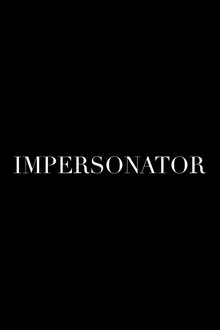
Impersonator (2012)
Ilham’s friends submitted his photo into a worldwide Obama look alike contest and he won. Life changed quickly, with lots of invitations to speak all around Asia, and one big one – to the White House. In efforts to encourage a very reluctant Ilham to take on the persona, many people along the way have offered help. The Minister of Health gave him the suit he is wearing. He doesn’t remember who gave him this particular tie.
